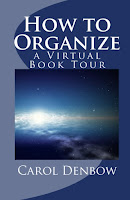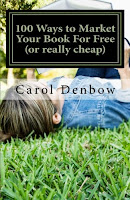When a new author sees the seemingly low royalty they might receive from their publisher, it is often shocking to them to say the least. Why are these numbers so low? In this post, I’ll attempt to break it down for you and make sense of it all.
Five percent, seven percent, ten percent; not much money when you add it up. But consider the following expenses that go into simple production of the book alone.
Editing; even if the book submitted has been previously edited, it must still be reviewed.
Layout; another very time-consuming process which also requires significant hours of labor.
Cover design; again, a special talent and time invested.
ISBN’s and other costly insertions and necessities to publish for distribution.
Printing; a publisher rarely prints their books; they are sent to an outside source. Cost? 30 or more percent of the cover price (which is based on page count, size, cover, etc.).
Promoting your book can be costly as well. So when you add it all up, the publisher has a significant investment in your book. Considering the average author sells only 120 copies, the publisher is taking a huge gamble on you.
Publishers are becoming more and more like brick and mortar book stores; they’re closing down faster than ever before. There is just too much competition out there and they are overwhelmed.
When a writer makes a decision to self-publish, they are taking on the same risk a traditional publisher does. They will make the timely and financial investment in their book and gamble that it will sell. Yes, they will make more profit on the book, but will first need to recoup their investment; something more than 90 percent never succeed in doing.
When I self-published my first book,
Are You Ready to be Your Own Boss? in 2006, I did it all myself from start to finish. I thought, “Who wouldn’t want to read this book?” So I printed 2,000 copies. Well truth is, many people
did want the book, and still do. But what is “many?” Unfortunately, it
wasn’t 2,000. So now I still have about 700 books sitting in my closet. The good news is, I’ve finally broke even. My initial investment was well over $5,000.00. I’ve learned a lot since then and that mistake has never re-occurred.
Remember that five, seven, or ten percent royalty? Maybe it doesn’t sound too bad after all. If it’s pure profit, whether you sell 120 copies or ten thousand copies, you won’t show a loss, and there is a lot to be gained by that.
For “author assisted” free book publishing, visit Plain & Simple Books at
http://www.plainandsimplebooks.com.





























